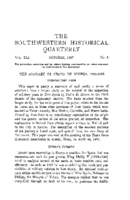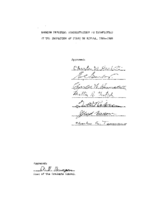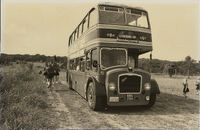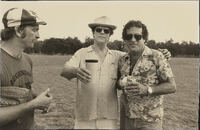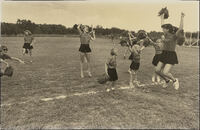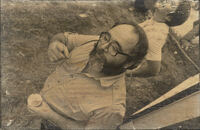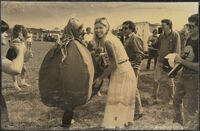The Journey of Pedro de Rivera, 1724-1728
Description
Article published in the Southwestern Historical Quarterly. This paper is partly a summary of and partly a series of selections from a longer study on the subject of the inspection of military posts in New Spain by Pedro de Rivera in the third decade of the eighteenth century. The facts selected from the longer study, for the main parts of this paper, relate to his travels in Texas and in three other provinces of New Spain which were nearest to Texas: namely, New Mexico, Coahuila, and Nuevo Leon. Preceding these facts in an introductory explanation of the origin and the general nature of his entire journey of inspection. The explanation is derived from official papers written in Madrid and the City of Mexico. The description of the selected portions of his journey is based upon, and quoted from, his own diary of that event. This paper was read at the meeting of the Texas State Historical Association in Austin, Texas, on April 24, 1937.
